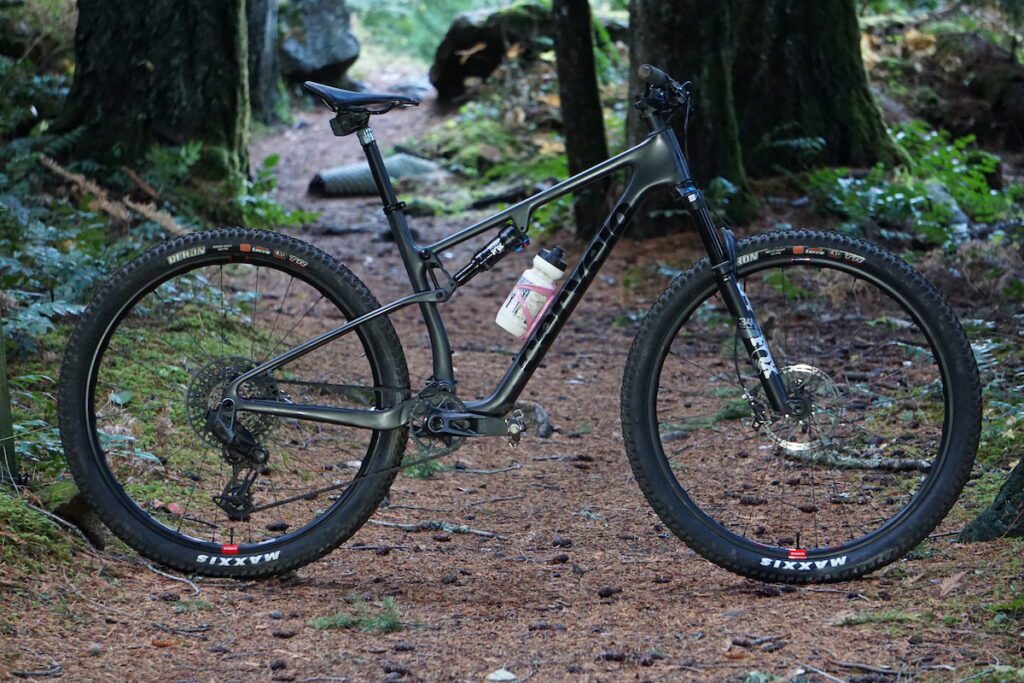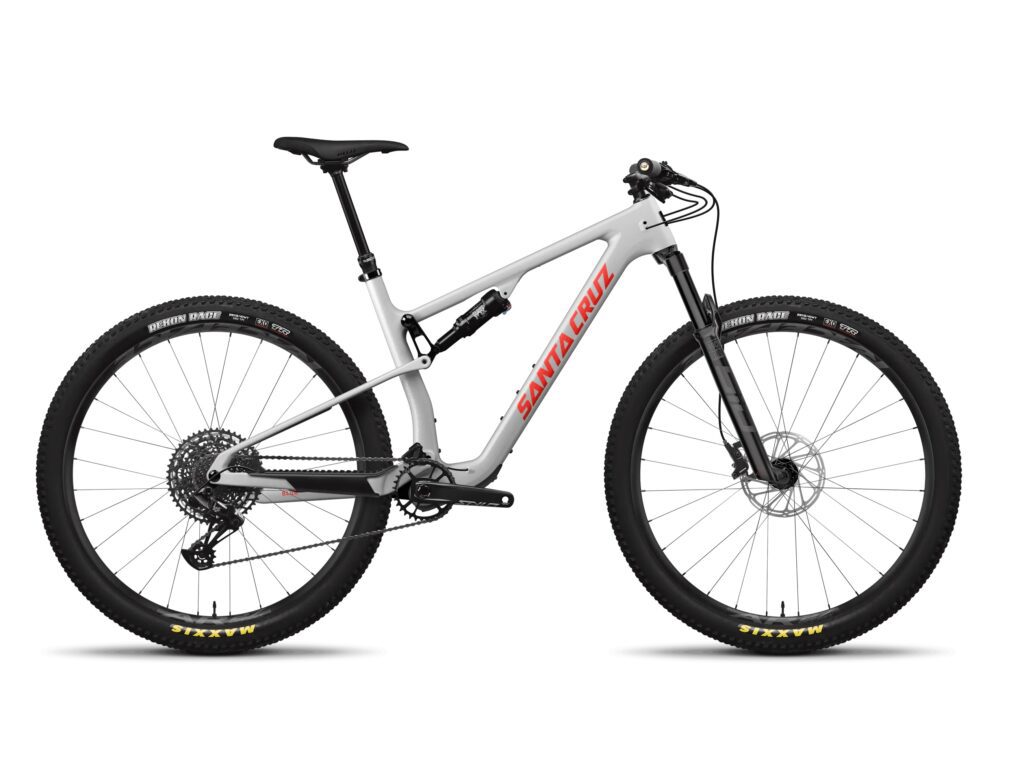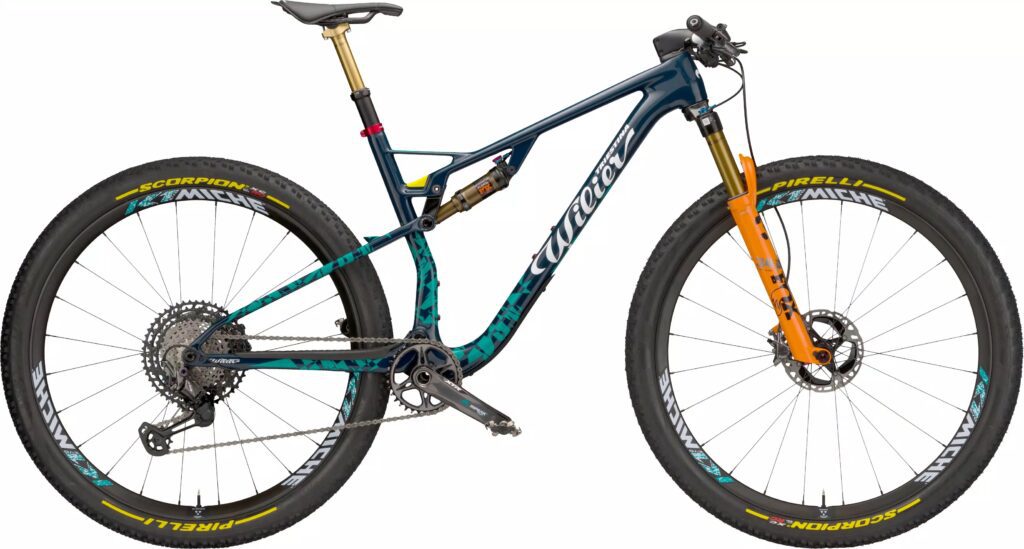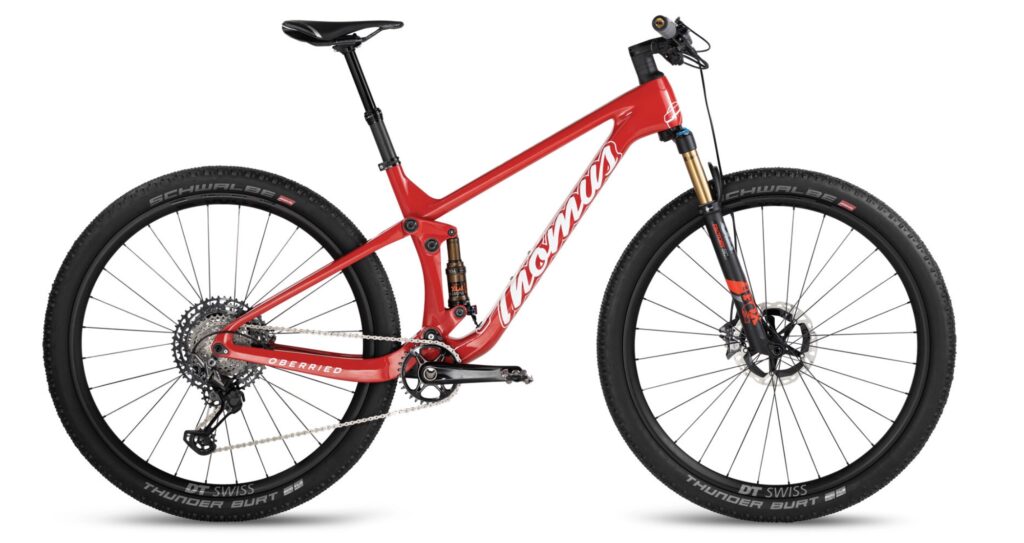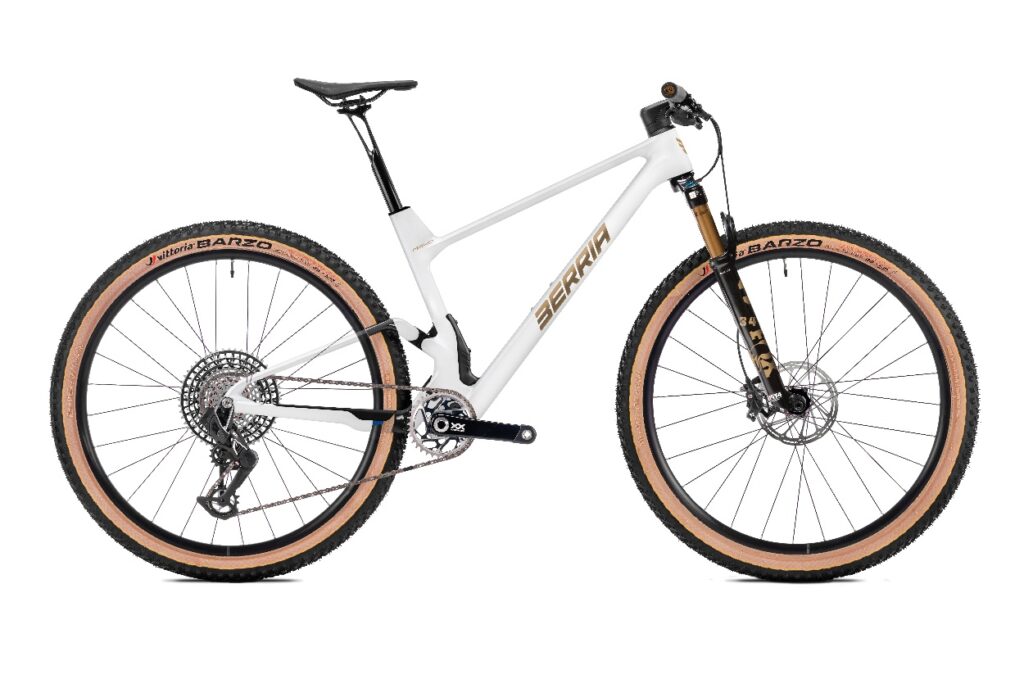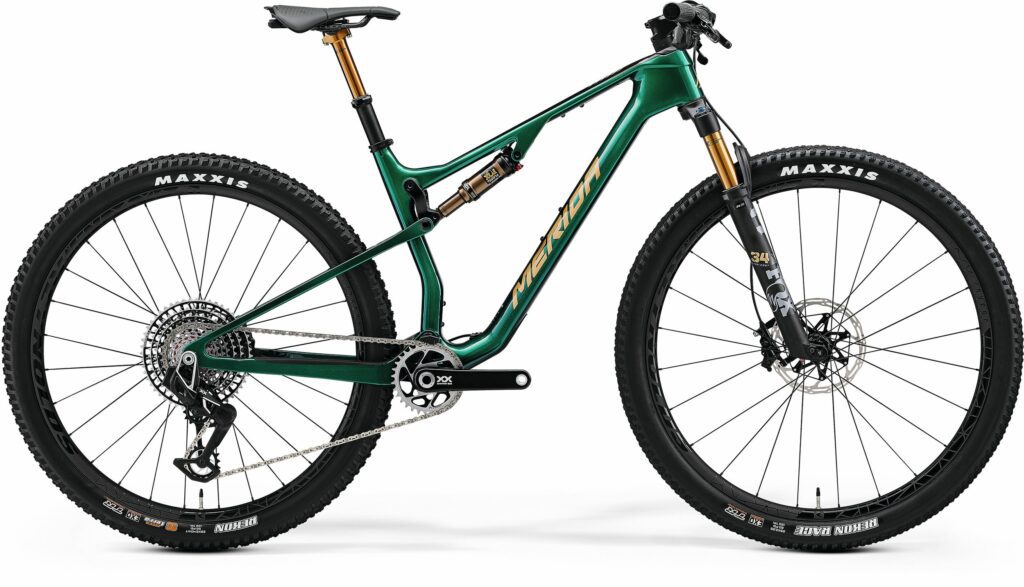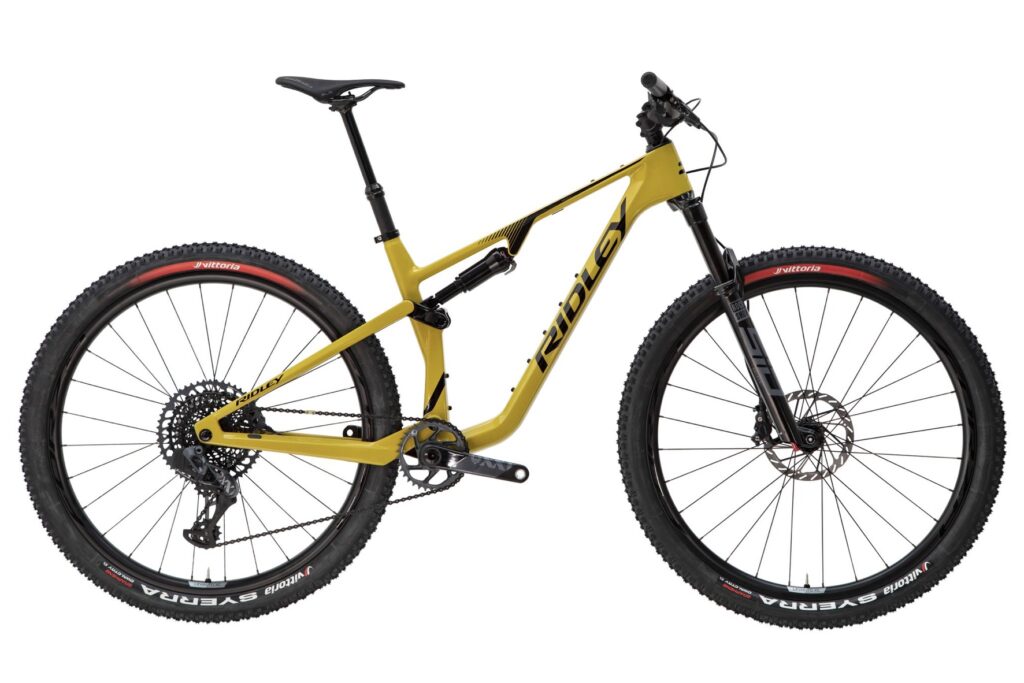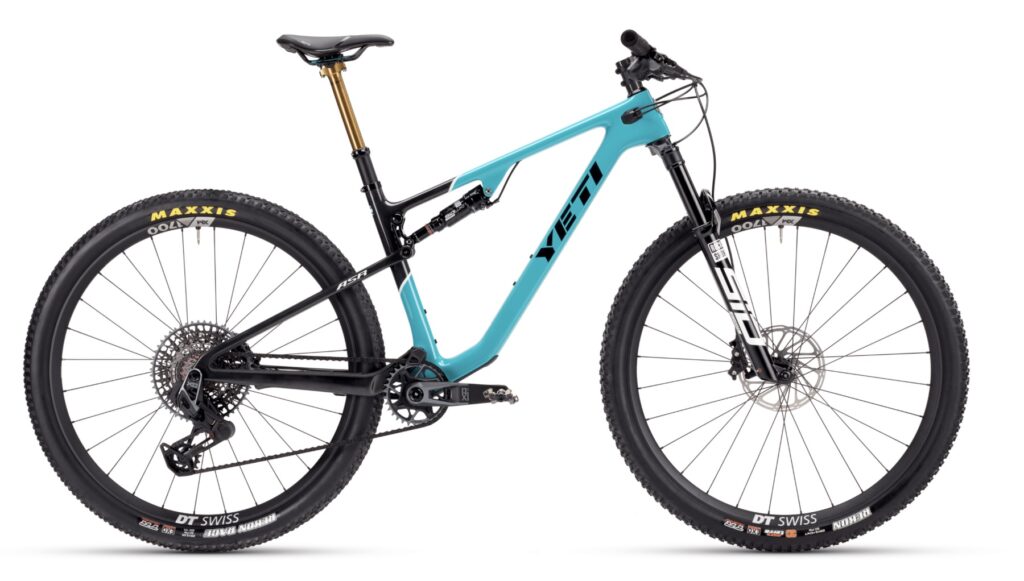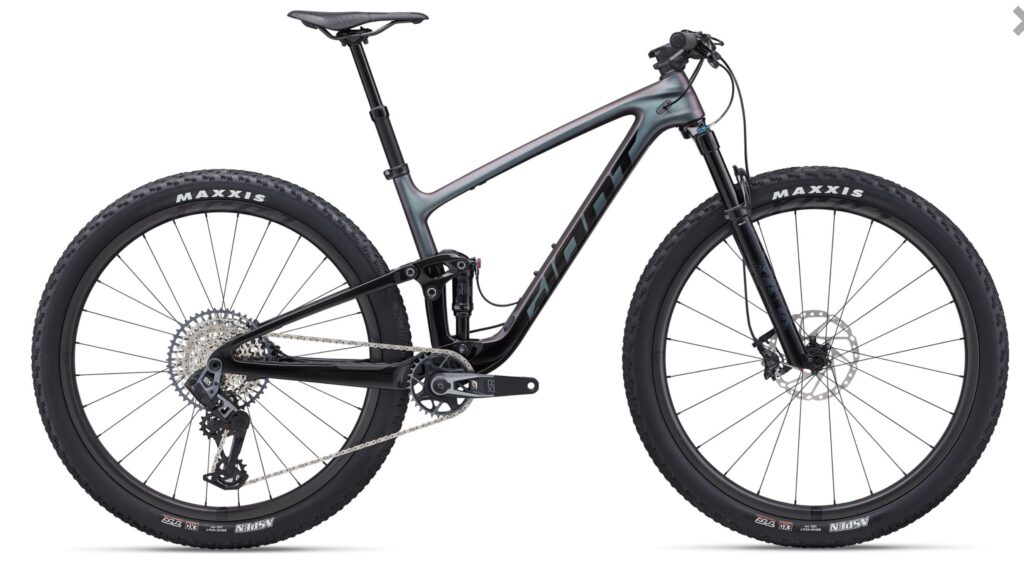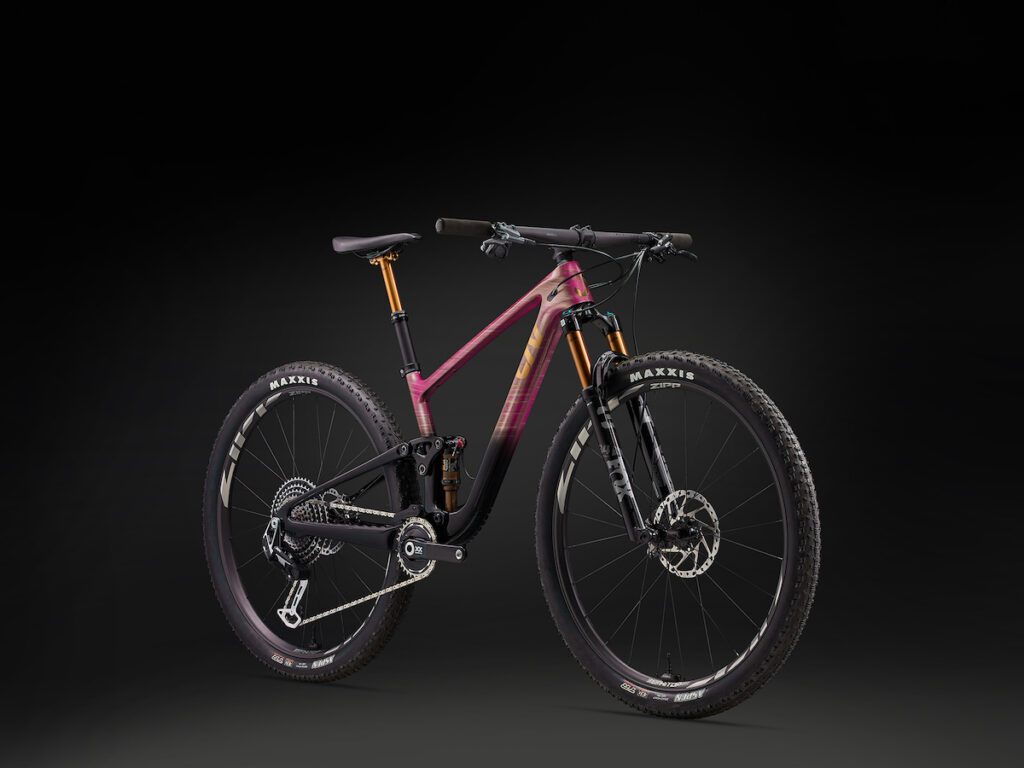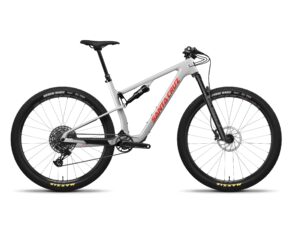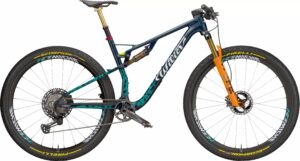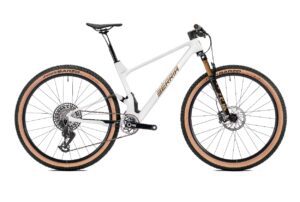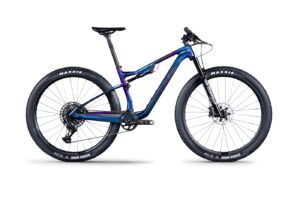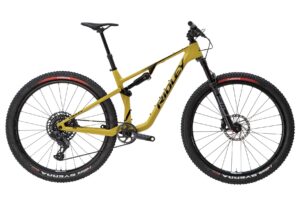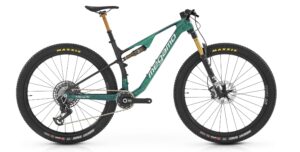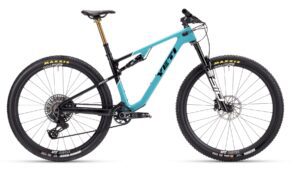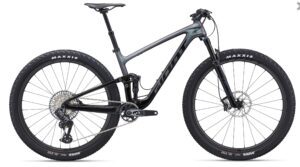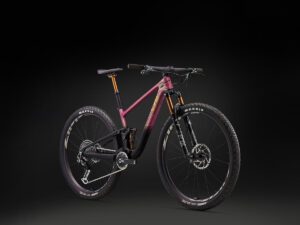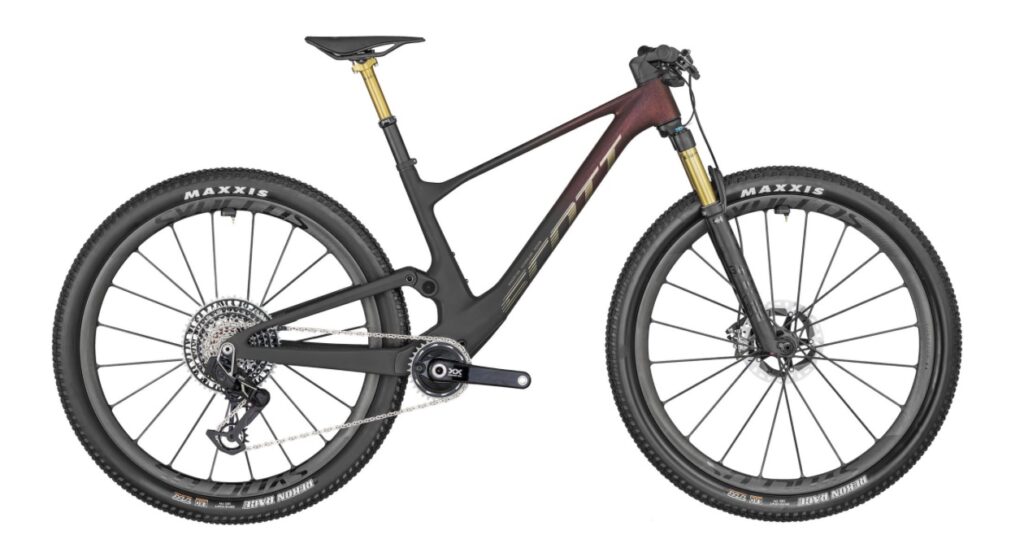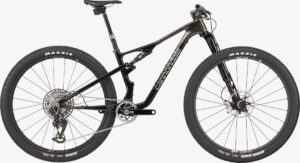Are XC bikes getting too boring?
Does a convergence of design makes it hard for any race whip to really stand out?
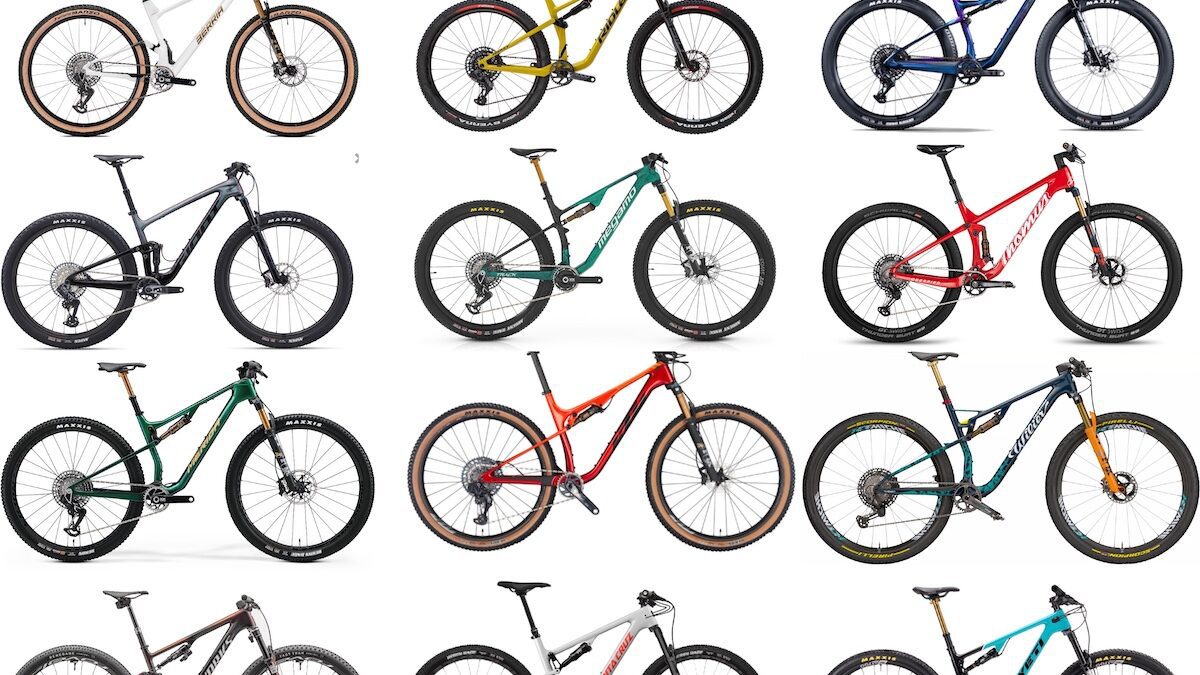
They say imitation is the sincerest form of flattery. Perhaps that’s why more and more cross country bikes are looking strikingly similar these days. Looking at a World Cup start line, the vast majority of bikes use some version of flex pivot in the rear triangle. Most of those are a slight variation on a single pivot design. Sure, the shock might mount in a slightly different location, or attached to slightly differently shaped tubes. But there’s more minor tweaks between brands than there are major design rifts.
This conservative approach is leading to a convergence, bordering on singularity, in cross country bike design. This may be fast, and/or cost efficient to design, but it is not always the most exciting for those of us that are fans of cross country racing. XC bikes used to be a vanguard of experimentation and new technology in mountain biking. Where brands tried to prove their chops by creating a newer, faster bikes. That seems to have faded in favour of supplying something familiar that riders, both on teams and amateurs buying their own machines, recognize and know what to expect from. Which is, in my opinion, less fun.
How bad is it? Well, We went through the top end of last year’s World Cups to see what different teams were riding. There were a few outliers but the majority follow a very similar silhouette. Of those that don’t, some still use the same design just packaged slightly differently. Here’s what we found.
The flock
As similar as some of these bikes look, they are still different in important ways. The flex-stays force brands to choose their own balance of weight and durability when designing the rear triangle, at the very least. Small changes can make a big difference in how that 100-120mm of suspension feels to a rider, and to how durable the design is. So, while we’d love to see innovation, refining a proven form can be interesting, too.
Some outliers
While some of the above bikes look quite similar to each other – like really quite similar – some brands are taking the core concept and still finding ways to push cross country design in interesting directions. Here are four bikes that innovate without diverging too far from the core concept.
Why is this design so popular?
So, why are so many brands following the same design cues? It’s definitely not just aesthetics. As annoying as it might be to see so many bikes looking similar, there are a few good reasons for brands to chase their own take on the same design.
First of all, it is light. In the world of cross country racing, where hardtails were only recently relegated to the history books, that is a top, if not the top consideration. The design is also simple, which contributes to the light weight, with fewer bearings and small parts that need maintenance. It is also reasonably suited to the purpose as, with only 100-120mm of rear travel and most riders having a preference relatively firm suspension, the kinematic doesn’t have to be too fancy. And, to an extent, it’s what riders are asking for because they know it can be so light.
Are there alternatives?
Heck yes. World Cup cross country isn’t NASCAR quite yet. While most of the out-there designs are happening in downhill these days, there are still some innovative designs floating around – and occasionally landing on podiums – for the cross country crowd. We’ll take a closer look at those tomorrow.
